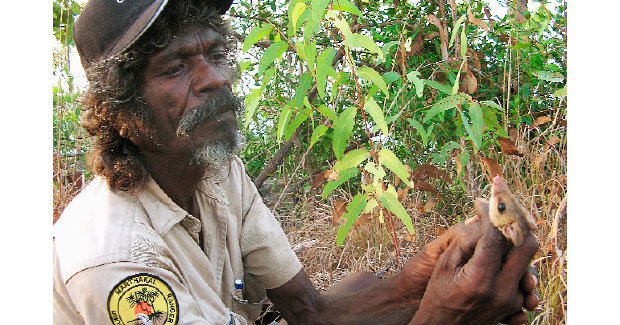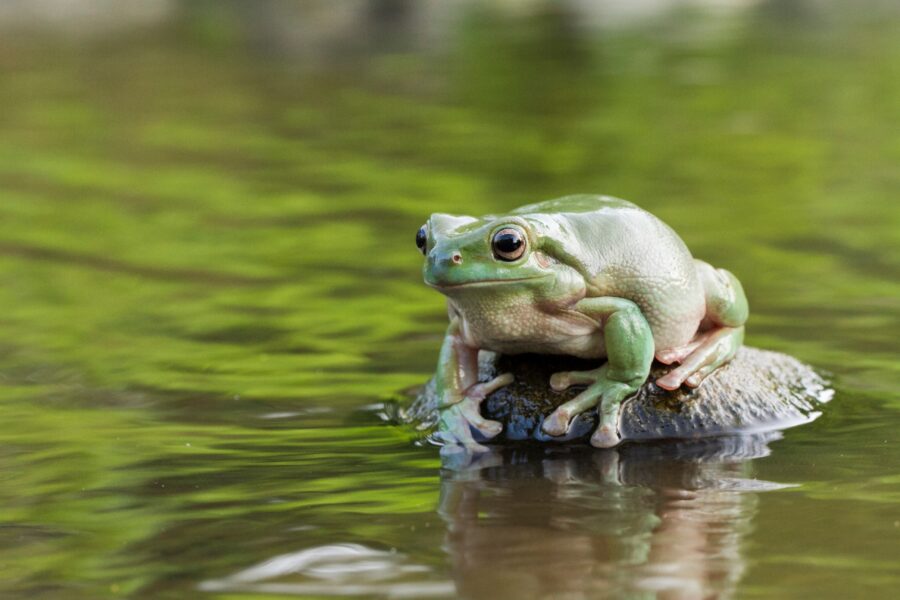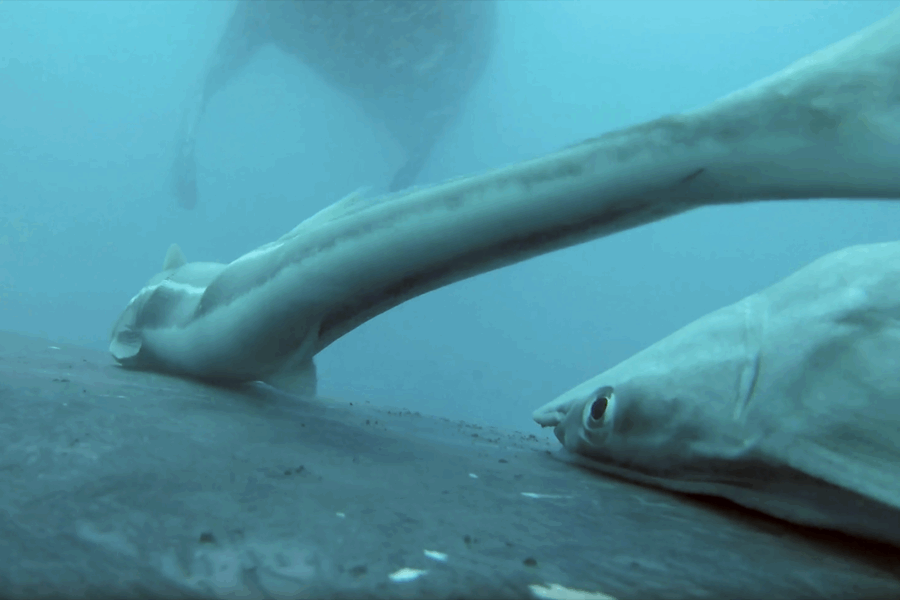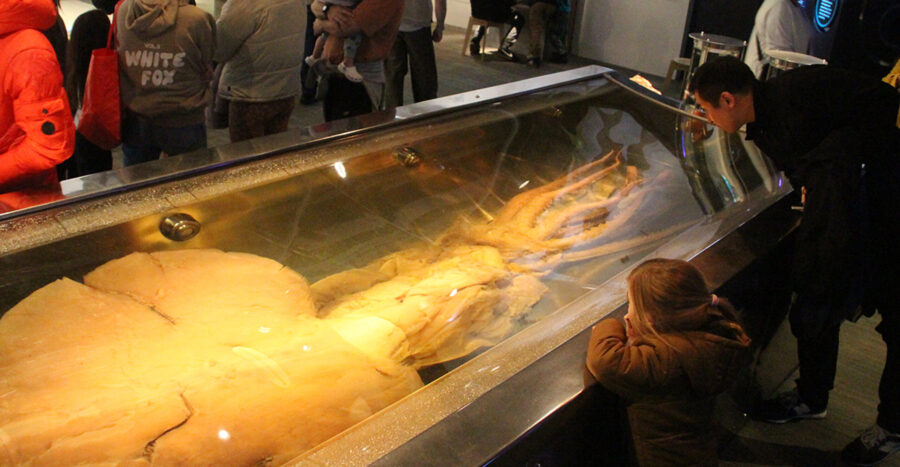Relocated quolls thrive offshore

NO-ONE EXPECTED THEM to survive, let alone thrive, after a Category 5 cyclone and a disastrous bushfire. But in the space of five years, the 64 northern quolls relocated from the NT mainland to two islands off the coast of north-eastern Arnhem Land have become a booming population of 5600. “We were absolutely surprised by the success of the relocation,” says Dr John Woinarski, leading scientist for the Australian Geographic Society-sponsored project. “We had far more modest expectations.”
In 2003 the pugnacious mammals were under threat from the rising population of cane toads in the Top End, and had all but disappeared from Kakadu National Park. “The quolls went from being one of the most common NT species to being almost completely absent,” says John.
To rescue the furry wanderers from extinction, scientists from the NT Department of Natural Resources, Environment and The Arts teamed up with indigenous rangers from the Gumurr Marthakal Homelands Resource Centre on Elcho Island. With support from the Natural Heritage Trust, 19 quolls were moved to Pobassoo Island and 45 to Astell Island in 2003. “We chose habitats that were rugged and rocky, similar to that the quolls were used to,” John says. In the five years since then, the team has returned annually to monitor the population using genetic sampling and pit-tag marking. By December 2007 it was clear that the “island ark” had far exceeded expectations.
THE UNDERTAKING HAS BEEN deemed a positive step forward in the battle against cane toads. “It’s a win not only for the quolls but provides a demonstration of successful collaboration between Aboriginal ranger groups and Government-based scientists,” says John, who reckons that even if castaway cane toads arrive on the islands, the quoll population will be large enough to withstand the invasion. “Hopefully it’ll be like the Spartans holding back the Persian army,” he says.
Ranger Bruce Lirrwa says he’s pleased to see the quolls thriving in their new territories: “It’s a big mob now, and they’re happy on their islands.”
RELATED CONTENT
Taste training for northern quolls
Source: Australian Geographic Issue 92 (Oct – Dec 2008)




